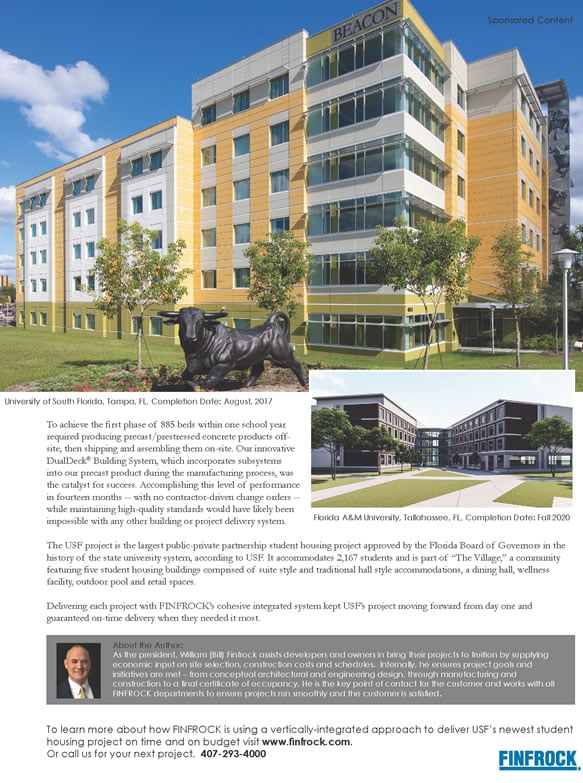Most responsible individuals and business owners hold insurance policies to cover the unexpected turns in life’s journey. Insurance does play an important role in protecting individuals and organizations, but insurance alone will not effectively protect resources.

When you consider how to more fully protect assets, think insulate and isolate.
Insulate
The greater distance you place between the ownership and control of your assets the more protection you have against future creditors.
Using a limited liability company (LLC) to hold investments will insulate you from the liability associated with the asset. However, if you have personal liability, the membership interests in the LLC could be attached.
One alternative to avoid potential garnishment is to form a Domestic Asset Protection Trust (DAPT). A DAPT is a trust in which the person who creates the trust and transfers the assets to the trust is also a trust beneficiary yet still protects the trust assets from your creditors.
If such a trust were set up under the laws of a non-DAPT jurisdiction (such as Florida), the general rule is that your creditors can access as much of the trust as can be distributed to you (which could be the entire trust corpus).
Some states have recently enacted statutes that expressly grant asset protection benefits to self-settled trusts at one time found only offshore. Many attorneys consider Nevada to be the best jurisdiction for three reasons: 1. Nevada has no state income tax. 2. It also has a two-year, fraudulent transfer statute that limits the time in which a creditor can unwind the transaction. 3. Nevada’s DAPT statute affords protection against a divorcing spouse and preexisting tort creditor if they are provided with proper notice.
Isolate
Using multiple asset protection techniques to create as many walls as possible around the assets is key.
Combining a DAPT with one or more LLCs allows the DAPT to own 100% of the LLC interests, yet you can maintain control over the assets by acting as the manager.
The creation of a LLC to own the assets would also be an asset protection vehicle. Any potential creditors would only be able to receive a charging order (lien) against one LLC, as opposed to attaching the assets held in all the LLCs. It is a very strong tool, but it is not the end-all of asset protection planning. This is why it is prudent to combine it with a DAPT.
“Insurance does not cover everything. A proactive approach to insulate and isolate assets can be the difference between significant loss and a lifetime legacy.”
- Seth E. Ellis
For more than 40 years, Tripp Scott has played a leadership role in issues that impact the state of Florida. This information is shared as a resource to help you understand strategies of wealth protection.

Seth E. Ellis
About the Author
Seth E. Ellis is a Director at Tripp Scott, P.A. He takes a personal approach to both the management of his practice and the application of law. Ellis believes that the practice of estate planning is truly personal and each client’s situation is unique: “In estate planning, we deal with family matters, finances and worst-case scenarios, and this requires a personal approach.”












